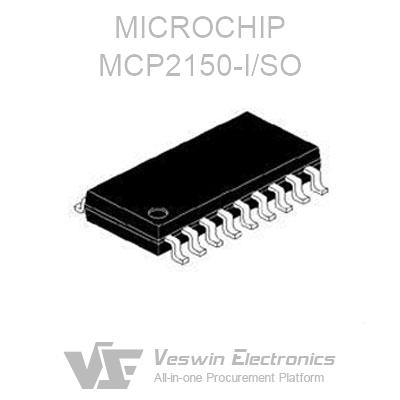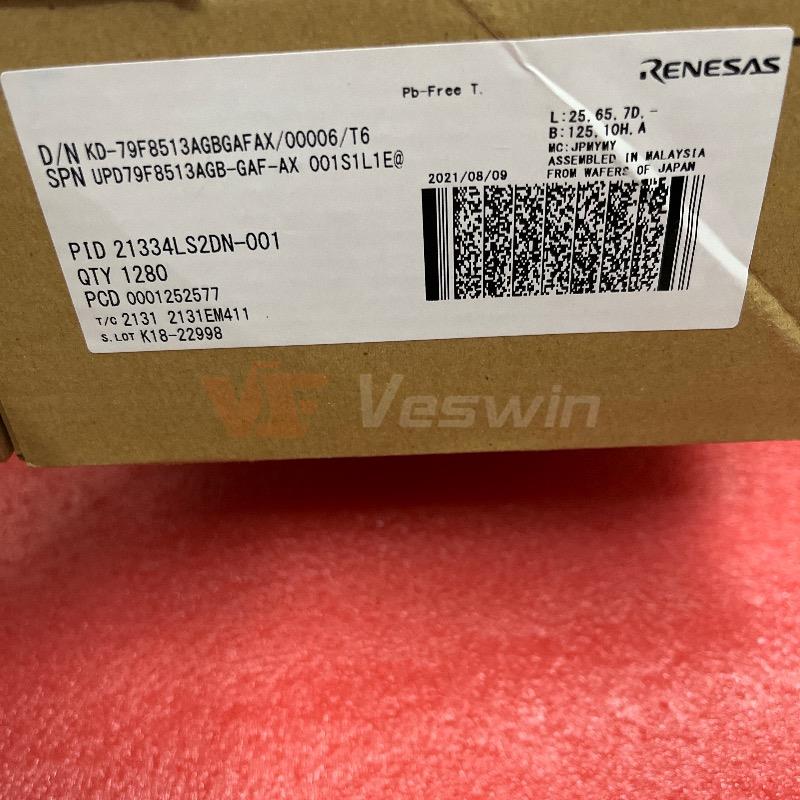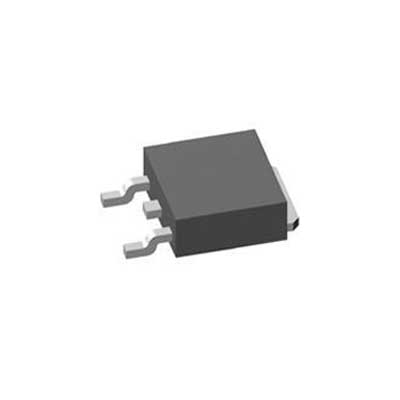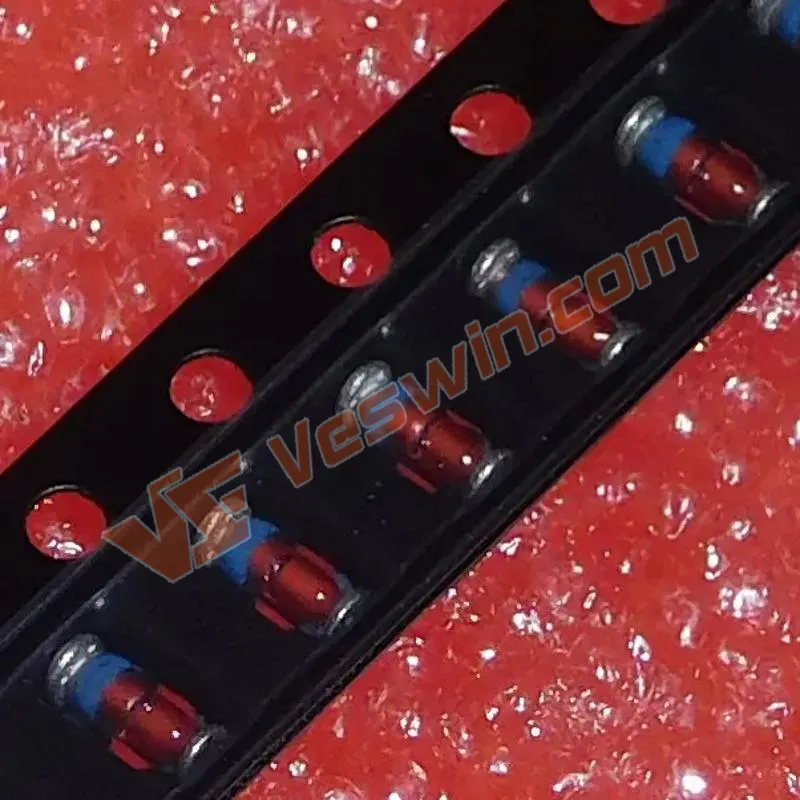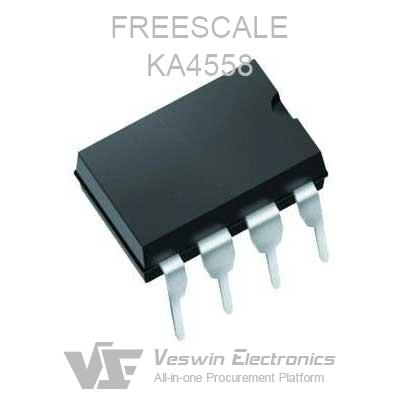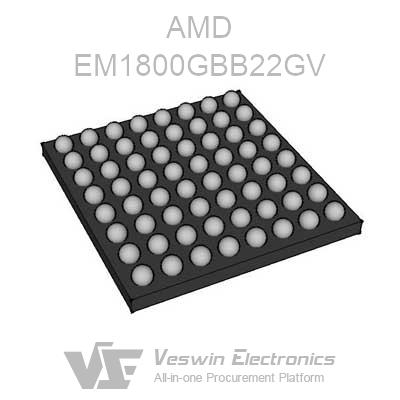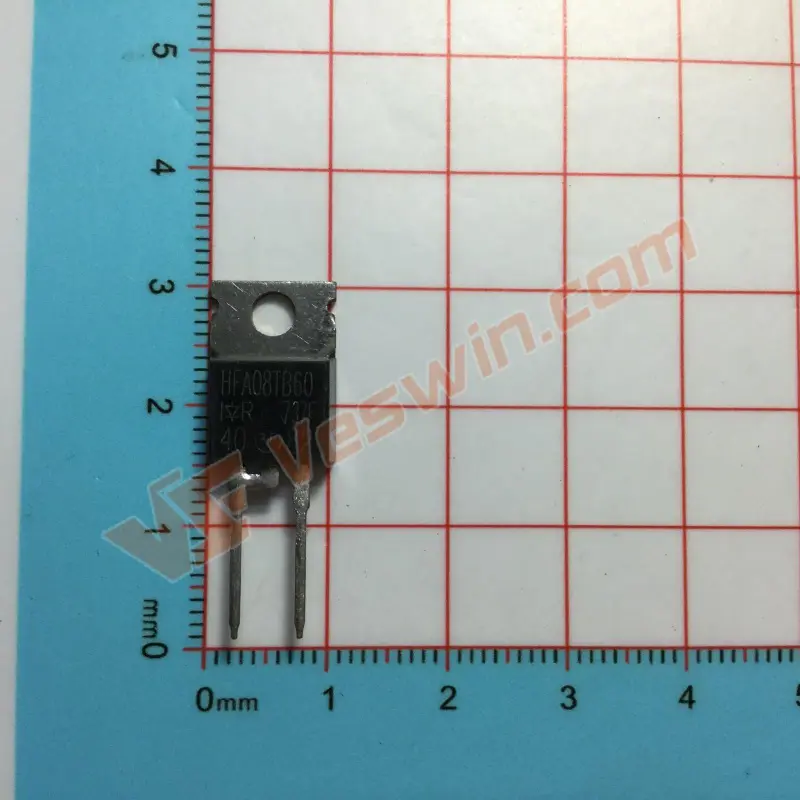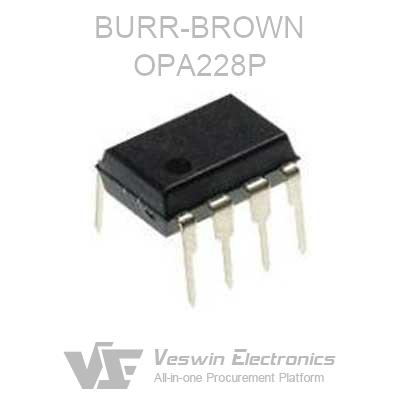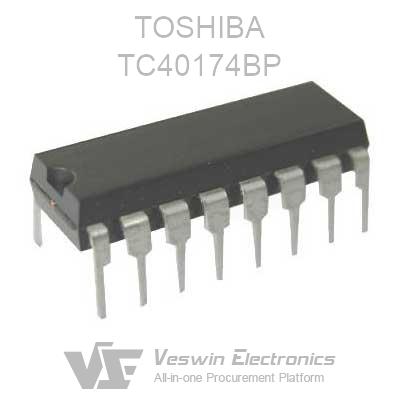A. Constant current type:
1, constant current drive circuit to drive LED is very ideal, the disadvantage is that the price is higher.
2. Although the constant current circuit is not afraid of load short circuit, it is forbidden to completely open the load.
3. The current output by the constant current drive circuit is constant, and the output DC voltage varies within a certain range depending on the magnitude of the load resistance.
4, to limit the number of LEDs used, because it has the maximum withstand current and voltage values.
B. Voltage regulation:
1. After the voltage regulator circuit determines the parameters, the output is a fixed voltage, and the output current changes with the increase or decrease of the load.
2. Although the voltage regulator circuit is not afraid of the load open circuit, it is forbidden to completely short the load.
3. The voltage change after rectification will affect the brightness of the LED.
4, to make each string with the voltage regulator circuit to drive the LED display brightness uniform, you need to add the appropriate resistance.
1. Conventional transformer step-down:
The advantage of this kind of power supply is that it is small in size. The disadvantage is that the weight is heavy and the power supply efficiency is very low. Generally, it is 45%~60%. Because the reliability is not high, it is rarely used.
2. Electronic transformer step-down:
The inadequacy of this power structure is that the conversion efficiency is low, the voltage range is narrow, generally 180~240V, and the ripple interference is large.
3, capacitor step-down:
The LED power supply in this way is easily affected by the voltage fluctuation of the power grid, and the power supply efficiency is low. It is not suitable for the LED to be used when flashing, because the circuit is stepped down by the capacitor, and when the flashing is used, the instantaneous current through the LED is due to the charging and discharging action. Great, easy to damage the chip.
4, resistance buck:
This kind of power supply mode has low power efficiency, and the reliability of the system is also low. Because the circuit is stepped down by the resistor, it is greatly interfered by the voltage change of the power grid, it is not easy to be a regulated power supply, and the step-down resistor itself is very expensive. Most of the energy.
5, RCC step-down switching power supply:
The advantage of LED power supply in this way is that the voltage regulation range is relatively wide, the power supply efficiency is relatively high, generally can be 70%~80%, and the application is wider. The disadvantages are that the switching frequency is not easy to control, the load voltage ripple coefficient is large, and the abnormal condition load Poor adaptability.
6, PWM control type switching power supply:
At present, the LED power supply designed by the PWM control method is ideal because the output voltage or current of the switching power supply is stable. The power conversion efficiency is extremely high, generally up to 80%~90%, and the output voltage, The current is very stable. It is especially suitable for the driving power of LED street lamps. The LED power supply of this mode is mainly composed of four parts: input rectification filtering part, output rectification filtering part, PWM voltage regulation control part, switching energy conversion part. All kinds of circuits have perfect protection measures and are high reliability power supplies.
Hot News
